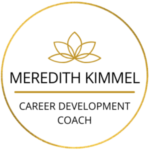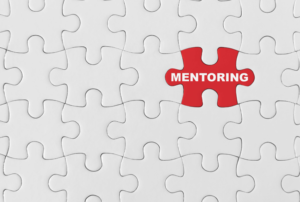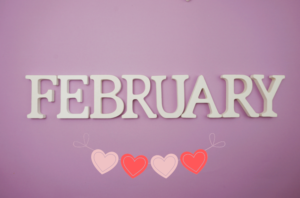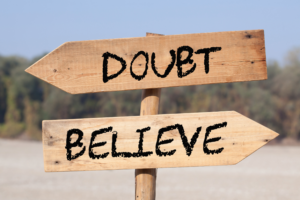Photo credit to Andrea Piacquadio
Thanks to Rachel Li for this guest blog article.
Meditation is an exciting, personal, and energizing tool. I was not necessarily looking for it when it found me. I serendipitously met a group of monks in my teen years when I was reading about Buddhist teachings. The first meditation I tried was japa, which involves quietly repeating a mantra on beads. I took to this practice heartily and continued with it daily for more than 10 years. Later, in Divinity school I spread my wings and tried numerous types of meditation. During this time, I had colleagues who practiced Catholic, Buddhist, indigenous, and mystic traditions. They taught me what meditation can be and the variety opened me up in an incredible way. Over the years I have adapted my practices and they have continued to evolve to meet my changing needs. Now, in my daily practice I use a kundalini style most often.
Three elements for you to consider when designing your practice are:
What are you wanting to gain?
This can help you select a type which will have the most aligned benefit, for example a mantra meditation may reduce stress, while a breathing practice may boost energy.
Where will you practice?
This helps you determine some of the barriers you have to starting or to staying committed. Having a particular spot with props such as a cushion, photos which inspire you, etc. can serve as visual reminders of your commitment. It also signals to other housemates that this is important to you.
When will you practice?
This planning helps you to overcome potential barriers such as conflicts with scheduling or other responsibilities. For those who use a written or electronic calendar it can help to post this on the calendar as well. This formalizes what your plan is.
As a general recommendation I suggest beginning with a three-minute practice. On any particular day you can keep going or add-on to enhance your experience, but having a firm commitment which is solid is important to seeing the results of your meditation. When you are ready to start I recommend you tell a few people so they know about what you are doing, this can serve as a system for accountability and support for your practice. You may also find that keeping a journal of your observations adds to your experience. You can record which types of meditations you try, how you feel before and after, challenges that arise, and so on. Keep the same meditation in place for a solid month before tinkering and changing things around. Get to know yourself more through the practice and open up to what comes forward. There is a newness to everyday which comes to you in daily practices and rituals. Enjoy!
Rachel Li, M.Div. is a Certified Professional Coach, Meditation Teacher, and Writer who seeks to inspire and enthuse professionals to take up a regular meditation practice. Find out more on her website: www.rachellicoach.com or enjoy meditating with her via her YouTube channel.




I love the three minute dedication to your practice. I meet people who refrain from starting meditation because it takes too long. In their minds, meditation is an hour long practice in silence. I tell people I meditate on the drive in to work.
Meditation is meant to be simple and not a “time suck.”
That’s wonderful that you found a way to incorporate meditation into your routine.
My daily mantra style coupled with the breathing focus gives me a solid foundation for conquering my days. Thank you Meredith, Rachel, and Danielle.
That’s great!! It’s so important to have a solid foundation to start the day. Keep up the good work!